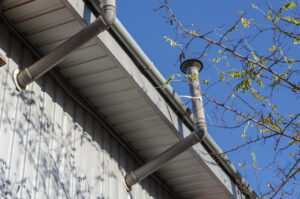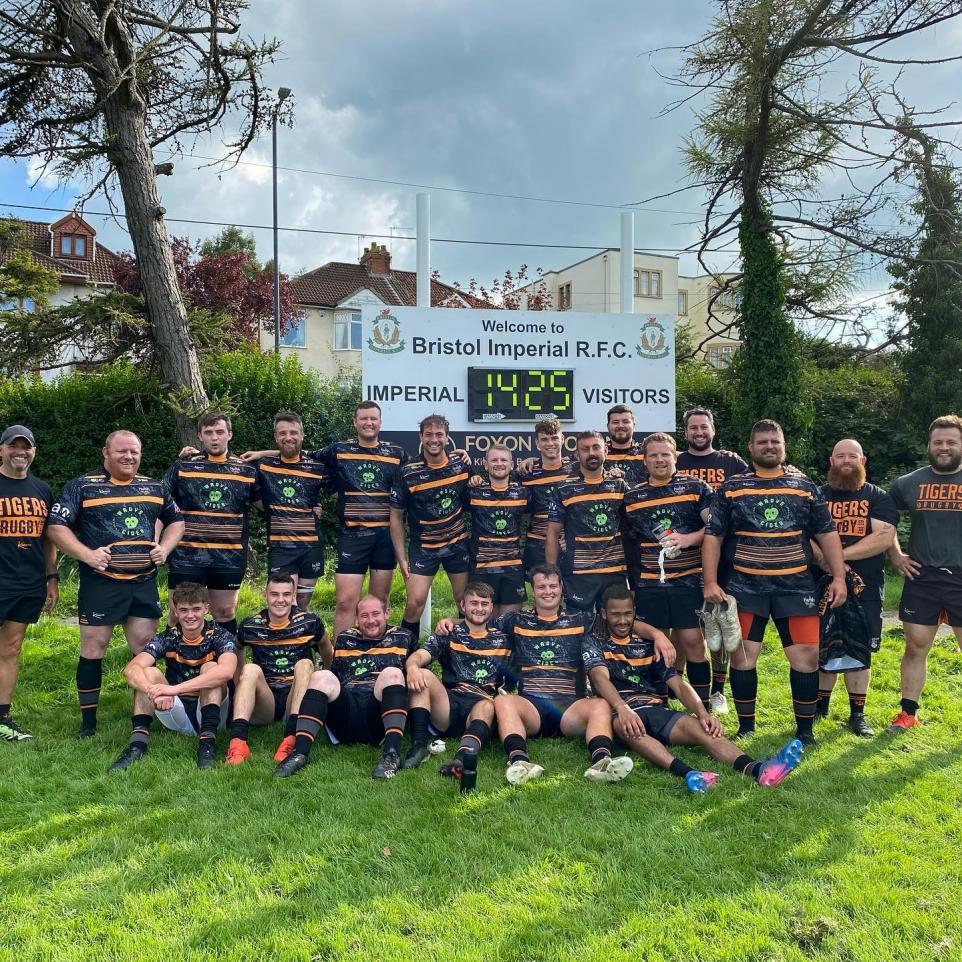As a commercial property owner or facilities manager you understand the importance of timely maintenance and repairs. Ensuring that your buildings are not only functional but exceptional is no easy feat, especially when balancing rising maintenance costs, tenant satisfaction and, of course, time management. One critical yet often overlooked aspect of commercial and industrial property maintenance is gutter care. Here’s why the warm summer months in the UK are the perfect time to carry out maintenance and repairs on gutters for commercial and industrial buildings.
1. Optimal Weather Conditions
The UK summer typically offers the most favourable weather conditions for outdoor maintenance work. With longer days, more daylight hours, and generally drier weather, summer provides the ideal window for gutter maintenance. During this period, maintenance teams can work more efficiently without the interruption of rain, which can delay repairs and pose safety risks. The dry conditions also mean that gutters are less likely to be clogged or filled with water, making them easier to clean and repair.

2. Preventing Water Damage
One of the most significant issues caused by neglected gutters is water damage. Blocked or damaged gutters can lead to water overflowing and seeping into the building’s structure, causing extensive damage to walls, foundations, and interiors. By scheduling gutter maintenance during the summer, you can ensure that your gutters are clear and functional before the heavy autumn rains and winter snow arrive. This proactive approach helps prevent costly water damage and keeps your buildings in top condition.
3. Cost Efficiency
Rising maintenance costs are a major concern, and summer gutter maintenance can help mitigate these expenses. Repairing gutters during the warmer months is often less expensive than emergency repairs during winter storms or heavy rainfall. Additionally, regular maintenance can extend the lifespan of your gutter system, reducing the need for costly replacements. By investing in summer maintenance, you can achieve long-term savings and allocate your budget more effectively.
4. Tenant Satisfaction
Keeping tenants happy is crucial for retaining them and attracting new ones. Clogged or damaged gutters can lead to leaks, water damage, and other issues that inconvenience tenants and reflect poorly on your management. By ensuring that gutters are maintained during the summer, you can prevent these problems and maintain a high standard of property care. Happy tenants are more likely to renew leases and recommend your properties, enhancing your reputation and revenue.
5. Minimising Disruption
One of the key objections to implementing new maintenance strategies is the potential disruption to day-to-day operations. Summer is typically a quieter period for many businesses, with staff taking holidays and a general slowdown in activities. This reduced activity makes it an ideal time to carry out maintenance work with minimal disruption to tenants. Scheduling gutter repairs during this period ensures that your properties remain operational and tenants experience minimal inconvenience.
6. Efficiency and Innovation
Efficiency is a top priority, and summer maintenance offers the opportunity to streamline processes. With favourable weather and longer working hours, maintenance teams can complete tasks more quickly and efficiently. This period also allows for the implementation of innovative solutions, such as installing gutter guards or using advanced cleaning techniques, which can enhance the efficiency and effectiveness of your gutter system. Embracing these innovations can set your properties apart and provide a competitive edge in the market.
7. Reliability and Long-Term Savings
Investing in summer gutter maintenance provides reliability and long-term savings. Regular maintenance ensures that your gutter system functions correctly, reducing the risk of unexpected failures and emergency repairs. This reliability is essential for maintaining the overall health of your buildings and protecting your investment. Moreover, the long-term savings achieved through regular maintenance and extended gutter lifespan contribute to better financial stability and a more predictable budget.

8. Compliance and Safety
Adhering to health and safety regulations is paramount, and maintaining your gutters is a crucial part of this compliance. Blocked or damaged gutters can pose safety hazards, such as ice buildup in winter or structural damage from water overflow. By addressing these issues during the summer, you ensure that your properties meet safety standards and reduce the risk of accidents. This proactive approach also demonstrates your commitment to providing a safe environment for tenants and visitors.
9. Addressing Red Tape and Bureaucracy
Navigating the bureaucracy and regulations of property management can be challenging. However, summer maintenance allows you to address these issues more effectively. With fewer immediate demands and better weather conditions, you have more time to plan and execute maintenance work while ensuring compliance with regulations. This proactive approach helps you stay ahead of potential issues and reduces the frustration associated with red tape.
10. Building a Lasting Legacy
Beyond the numbers and bottom line, there is a desire to leave a lasting legacy in the industry. By prioritising gutter maintenance during the summer, you showcase your commitment to sustainability, tenant satisfaction, and long-term property care. This dedication not only enhances your reputation but also positions you as a visionary in the commercial real estate sector. Implementing efficient, reliable, and innovative maintenance strategies sets a benchmark for others to follow and contributes to the overall improvement of property management standards.
Here at UK Gutter Maintenance our teams provide commercial gutter cleaning and cladding and solar panel cleaning on a national scale for businesses large and small! Call us today on 01748 835 454 to arrange a bespoke quotation or Contact Us via our online form.








 With the
With the 


